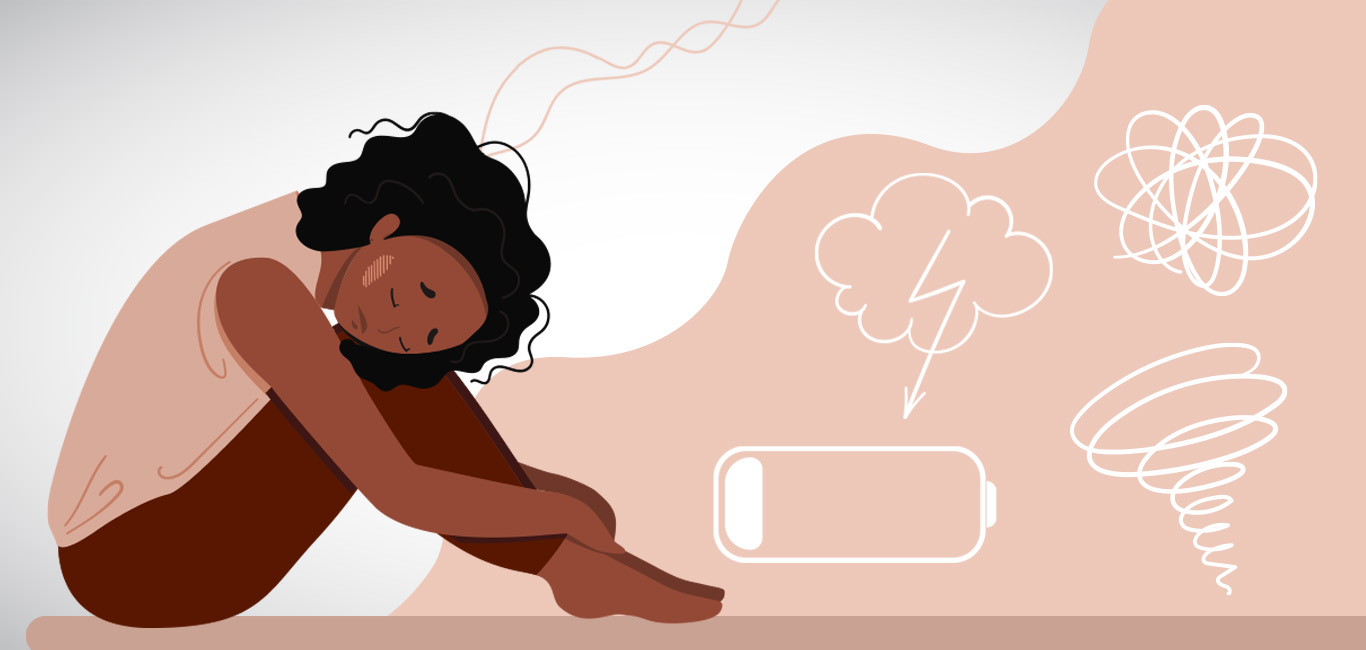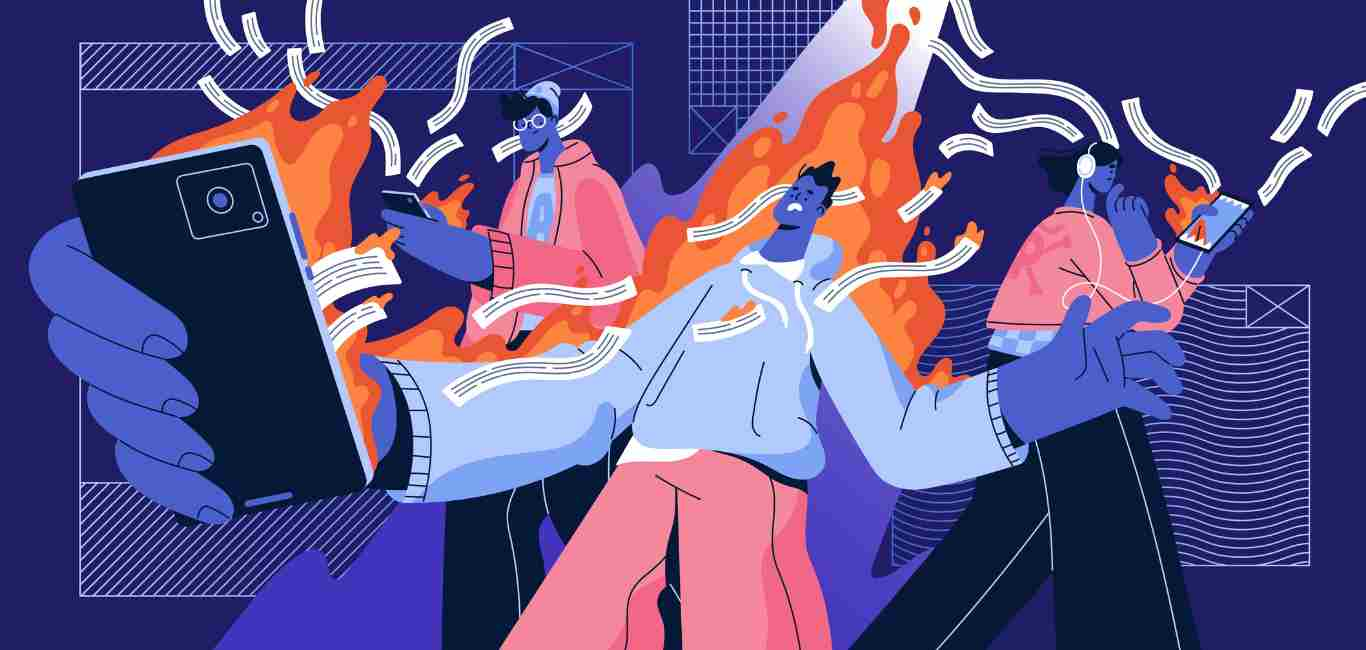
PTSD is a psychiatric condition born of acute trauma and may be induced by natural disasters, terrorist attacks, accidents, deaths, assaults, and abuse.
The American Psychiatric Association acknowledges PTSD as a part of the official classification of psychiatric disorders. In the third edition of the Diagnostic and Statistical Manual of Mental Disorders (DSM III; American Psychiatric Association, 1980), PTSD has been identified as a syndrome that can be defined by three symptom groups:
- The act of reliving the trauma
- Actively avoiding situations and prompts that bear resemblance to the traumatic event
- Frequent and increased incidents of arousal
Getting acquainted with PTSD
Since 1980, when research on trauma suffered by Vietnam war veterans began in earnest, 80% of the population of the United States – both military and civilian – has suffered from some form of PTSD. However, the condition is not specific to war veterans or the US alone.
Closer home, Thumri Bhowmick from Kolkata, recalls the trauma she suffered from witnessing the domestic altercation between her parents.
“I have had a traumatic childhood. I grew up watching my parents fight. Since then, I have grown wary of the slightest possibility of conflict around me”, she says. It has turned her into a person who always compromises, never speaks up or holds an opinion. “I have carried this trauma into my marriage as well. Although it’s under control, I still get the overwhelming urge to curl up and close in on myself, anytime I hear someone raise their voice,” says Bhowmick.
The causes of PTSD
Simply put, PTSD is what happens when the chemical and neurological composition of the brain gets altered. Since emotions are seated in the brain, a change in brain chemistry greatly affects human response to specific stimuli. When it comes to PTSD, altered chemical functions render the brain ineffective against the memory of trauma. It does not remember how to forget a violent past.
A smaller hippocampus, which is the seat of memories, may be instrumental in the onset of PTSD. However, it is unclear whether PTSD renders the hippocampus small, or if people born with smaller hippocampi are more susceptible to PTSD.
The primary causes of PTSD are:
- Violent upbringing, exposure to sexual abuse
- Experience of sudden loss — demise of a lover, friend, or family member
- Higher levels of stress hormones
Dealing with PTSD
“Although there are many ways to diagnose and treat PTSD today, studies suggest that Trauma-Focused Cognitive Behaviour Therapy (CBT) is the most efficient method,” says Dr K K Mishra, Treasurer, Indian Psychiatric Society. Here, the person being treated is urged to release the trapped memories and traumatic experiences so that they feel lighter and relieved. “It is equally effective for children, adolescents, and families who have experienced the debilitating effects of trauma,” he adds.
The first step towards healing is Behavioural Therapy where the person with PTSD engages in a dialogue with the therapist and both dive into the source of the trauma. However, as Kolkata-based clinician Dr Rathindranath Ganguly puts it, “We are falling behind on mental health awareness. Rarely do people warm up to the idea of opening up to a psychiatrist about traumatic memories.”
A third treatment form called Reprocessing Therapy encourages the person to recall their memories and talk, all the while staring fixedly at the therapist’s fingers.
VR as a form of treatment
Of late, Virtual Reality (VR) simulations are being used to treat PTSD. As VR becomes more tangible, detailed and immersive, the technology is being used to recreate the sights, smells and sounds of the trauma, down to the last unobtrusive detail.
The experience is so painstakingly vivid that it triggers emotions that have been carefully suppressed by the traumatised mind. Yet, individuals undergoing the treatment realise that there is a distance between memory and reality, helping them unburden and take a step away from PTSD. This method of treatment is commonly known as exposure therapy, and it has helped rescue a war-scarred veteran from the ravages of trauma.
Though its use is currently limited to the US, the proponents of VR as a form of therapy say that it widens the scope of medical investigation. However, Mishra says, “given the paucity of adequate research to back up this as therapy, I would wait to use VR to treat a PTSD patient.”

















